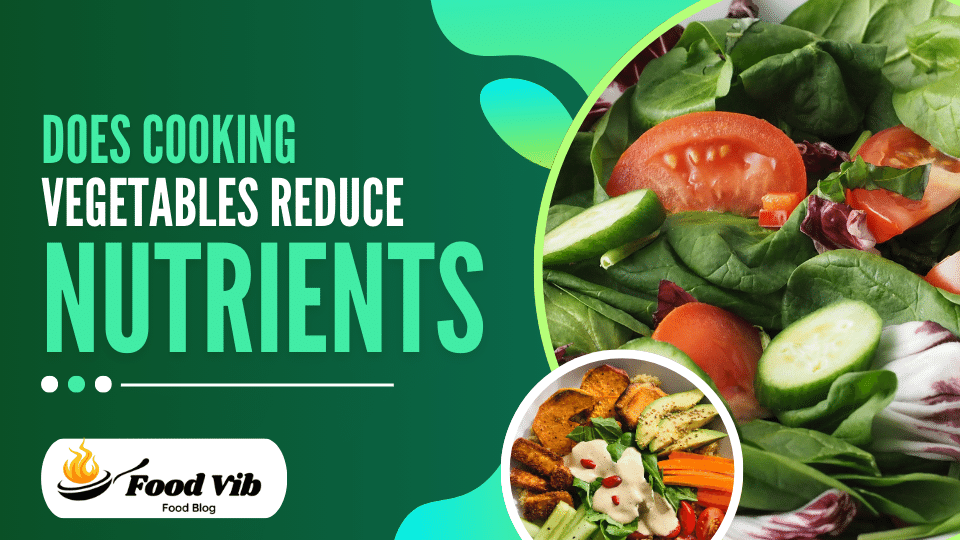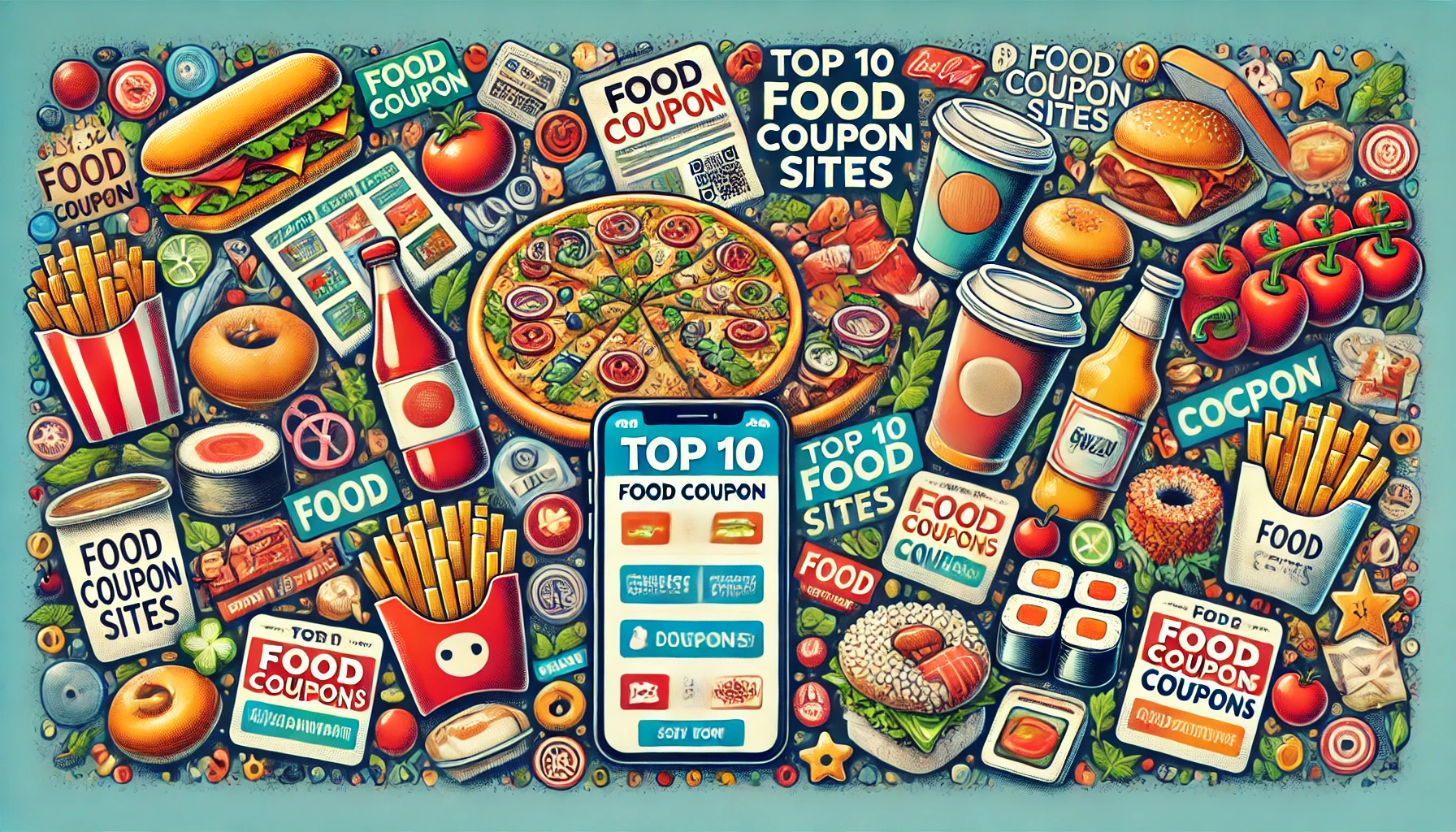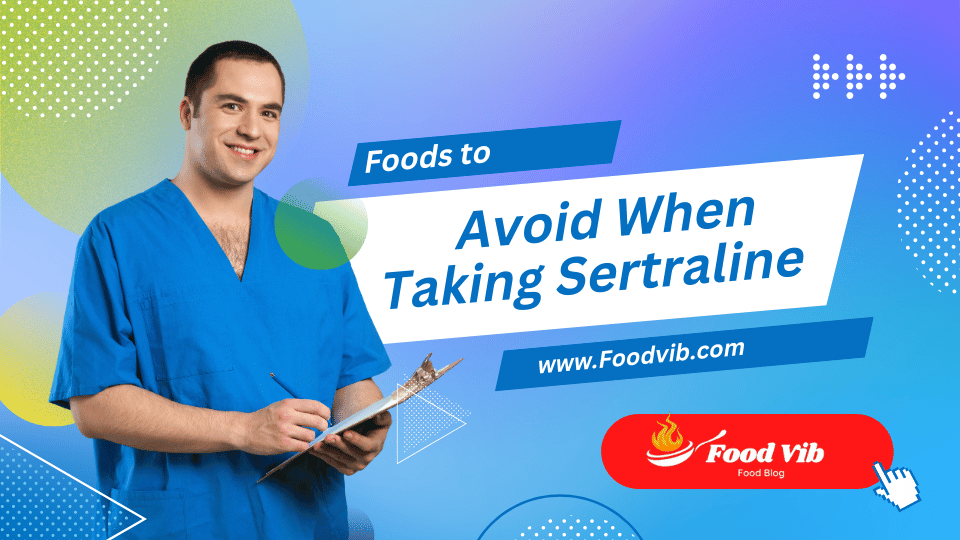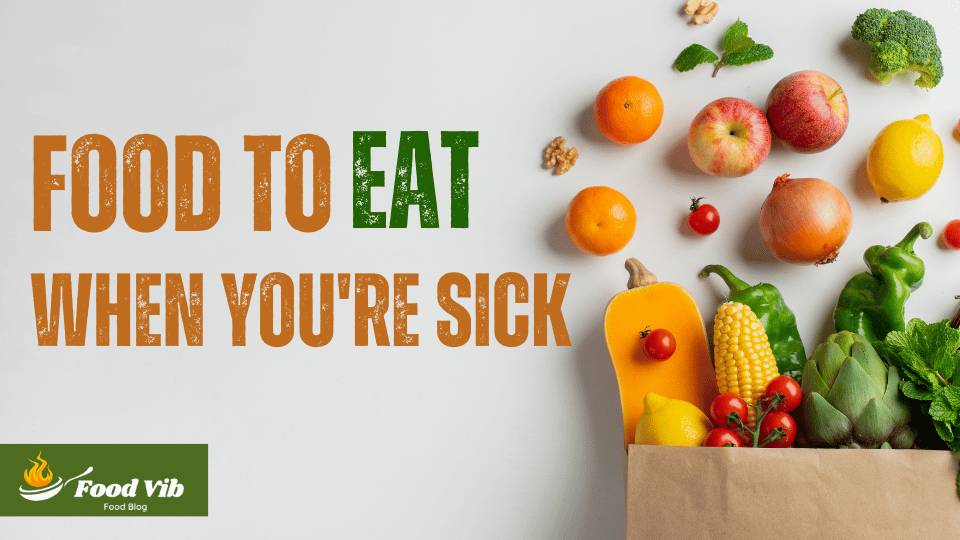Healthy Foods for High Blood Pressure
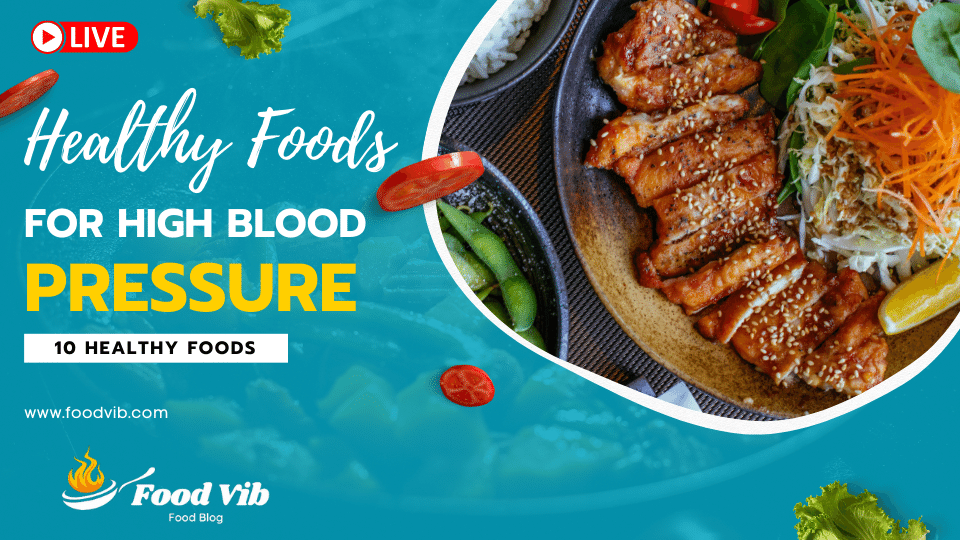
High blood pressure, or hypertension, is a common health problem that may lead to significant consequences if left untreated. Fortunately, adopting a balanced diet may play a big part in lowering blood pressure levels. By concentrating on healthy meals rich in vitamins, minerals, and antioxidants, people may help manage their blood pressure and lower the risk of cardiovascular disease.
From leafy greens and whole grains to lean meats and heart-healthy fats, integrating these items into a balanced diet may help to greater overall health and well-being for people managing hypertension.

10 Healthy Foods for High Blood Pressure
High blood pressure, often called the “silent killer,” affects millions worldwide. While it rarely shows signs, it can wreak havoc on your heart and general health. Thankfully, food changes can be a powerful tool in its control.
This piece covers 10 Healthy Foods for High Blood Pressure. Remember, these are compliments, not replacements, for recommended medicines and a healthy lifestyle.
1. Leafy Green Powerhouse:
Kale, spinach, collard greens, and their leafy cousins are loaded with nitrates, which your body turns into nitric oxide. This molecule softens blood vessels, leading to better blood flow and possibly lower pressure. Aim for at least one cup of fresh greens daily in salads, soups, or cooked meals.
2. Potassium Punch with Fruits and Vegetables:
This important element works as a natural balance to sodium, the enemy in the blood pressure story. Bananas, oranges, avocados, and sweet potatoes are potassium powerhouses. Don’t forget tomatoes, potatoes, and white beans, too!
3. Fatty Fish Feast:
Salmon, tuna, mackerel, and sardines are filled with omega-3 fatty acids, known for their anti-inflammatory qualities. These can improve blood vessel health and possibly lower blood pressure. Enjoy 2-3 cups per week for best effects.
4. Nutty Goodness:
Almonds, peanuts, and walnuts are packed with magnesium, potassium, and healthy fats, all helpful for blood pressure control. Enjoy a handful a day as a snack or sprinkle them on salads and yogurt.
5. Fiber Fantastic Beans and Legumes:
Lentils, chickpeas, and black beans are protein and carbohydrate powerhouses. Fiber helps remove extra sodium from the body, while protein keeps you feeling full and lowers cravings for bad snacks. Aim for a helping or two per day.
6. Beet It!:
Don’t be fooled by the bright color – beets are rich in nitrates, just like fresh veggies. You can enjoy them roasted, juiced, or even pickled – choose what tickles your taste buds!
7. Dairy Delights:
Low-fat yogurt and milk are good sources of calcium and potassium, both important for healthy blood pressure. Opt for unsweetened or naturally sweetened choices to avoid extra sugar.
8. Olive Oil Magic:
This heart-healthy monounsaturated fat can improve blood vessel activity and possibly lower blood pressure. Use it for cooking, salad sauces, or dips, but remember, balance is key.
9. Spice Up Your Life:
Herbs and spices like garlic, black pepper, and cinnamon are not just tasty adds but also possible blood pressure helpers. Experiment and add them freely to your meals.
10. Berries for the Win:
Blueberries, strawberries, and raspberries are antioxidant powerhouses that may help lower inflammation and improve blood vessel health. Enjoy them fresh, frozen, or even mixed into drinks.
Remember, stability is key! Incorporating these delicious foods into your normal diet alongside other healthy living practices like regular exercise, stress management, and limited sodium intake can significantly impact your blood pressure and general well-being. Talk to your doctor or a trained dietitian for specific help and a plan that fits your needs.
Don’t discount the power of small changes. Swapping sugary drinks for water, limiting processed foods, and cooking more at home can make a big difference. Be patient, celebrate your progress, and enjoy the trip toward a better you!
Must Read: The Impact of Buying Burnt Food
The Impact of Healthy Eating on High Blood Pressure
High blood pressure, also known as hypertension, is a dangerous health issue that affects millions worldwide. It raises your risk of heart disease, stroke, and kidney disease. But there’s good news! You can fight back against high blood pressure with a strong tool you already have: good food!
Think of your body as a complicated machine. Blood pressure is like the force moving liquids (blood) through your tubes (veins and arteries). When you eat bad foods, it’s like throwing sand into the gears. It makes your heart work harder and puts pressure on your vessels. But by feeding your body with the right foods, you can smooth things out and keep your blood pressure in check.
Here’s how good eating helps:
Sodium Superstar:
The biggest cause for high blood pressure is sodium (salt). The more salt you eat, the more fluid your body holds, which puts pressure on your vessels. Aim for less than 2,300 milligrams (mg) of sodium per day, ideally no more than 1,500 mg. Ditch the salt shaker and prepared foods, and choose fresh fruits, veggies, and whole grains instead.
Potassium Powerhouse:
This mineral works like sodium’s opposite number, allowing your body get rid of extra fluid and lower blood pressure. Load up on fruits like bananas, oranges, and melons, veggies like spinach and potatoes, and beans like lentils and kidney beans.
Fiber Fantastic:
This food hero keeps you feeling full and helps digestion, but it also plays a role in blood pressure control. Choose whole grains like brown rice and quinoa, and don’t forget about fruits and veggies again!
Dashing Diet:
The Dietary Approaches to Stop Hypertension (DASH) diet is a proven plan for lowering blood pressure. It emphasizes fruits, veggies, whole grains, low-fat dairy, and lean protein while limiting fatty and trans fats, red meat, sweets, and sugary drinks. Think bright plates and wonderful, heart-healthy foods!
Must Read: The Pros and Cons of Eating Tuna Out of the Can
10 Easy and Tasty Recipes for High Blood Pressure Patients
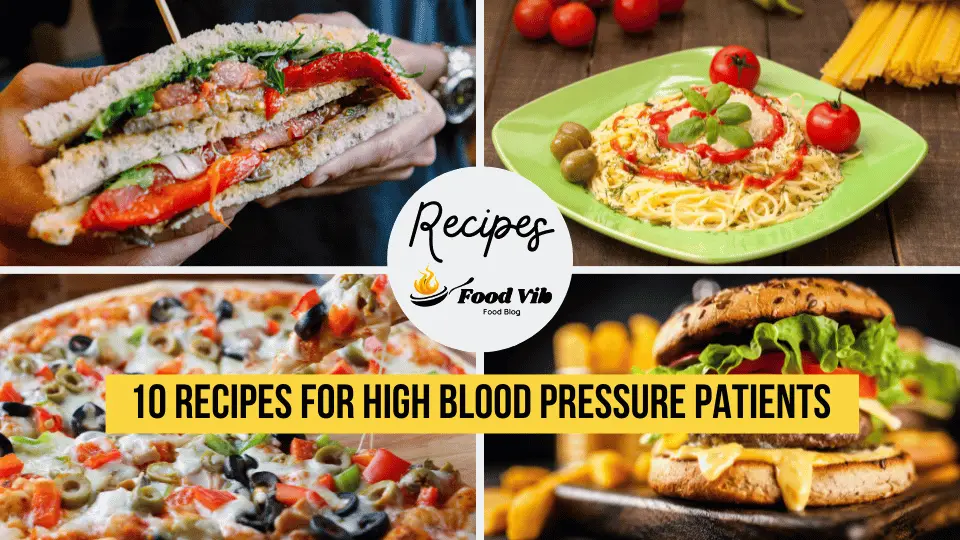
Managing high blood pressure doesn’t have to mean bland, boring food. With a few simple changes and smart substitutions, you can make delicious and satisfying meals that are gentle on your blood pressure. Here are 10 easy and tasty recipes to get you started:
Breakfast:
- Overnight Oats with Berries and Nuts: This fiber-rich food keeps you feeling full and refreshed throughout the morning. Soak oats in milk with a squeeze of lemon overnight. Top with fresh berries, chopped nuts, and a sprinkle of cinnamon for a tasty and heart-healthy start.
- Scrambled Eggs with Spinach and Tomatoes: Eggs are a protein powerhouse, while spinach and tomatoes add oxygen and vitamins. Use low-sodium feta cheese or spices like paprika for extra taste.
- Whole-Wheat Toast with Avocado and Sliced Turkey: Avocado offers healthy fats and potassium, while whole-wheat toast adds fiber. Choose lean turkey breast for a protein boost.
Lunch:
- Mediterranean Tuna Salad Sandwich: Ditch the mayo and opt for mashed avocado with lemon juice, Dijon mustard, and chopped herbs. Layer it on whole-wheat bread with lettuce, tomato, and cucumber for a tasty and protein-packed lunch.
- Lentil Soup with Whole-Wheat Roll: Lentils are packed with fiber and potassium, making them great for heart health. This filling soup is simple to make and keeps you feeling full.
- Chicken Caesar Salad with a Twist: Use a light Caesar sauce or make your own with Greek yogurt, lemon juice, and herbs. Choose grilled chicken and top with whole-wheat croutons for a filling and tasty salad.
Dinner:
- Salmon with Roasted Vegetables: Salmon is rich in omega-3 fatty acids, which are good for heart health. Roast your favorite veggies (broccoli, asparagus, bell peppers) for a bright and healthy side dish.
- One-Pot Lemon Garlic Chicken and Quinoa: This quick and easy dish is filled with flavor. Chicken breast, rice, and veggies are cooked together in a single pot, making cleanup a breeze.
- Turkey Chili with Kidney Beans: Chili is a standard comfort food, but make it heart-healthy by using lean ground turkey and kidney beans. Add bell peppers, corn, and spices for a delicious and filling meal.
- Lentil Pasta with Marinara Sauce and Vegetables: Lentil pasta is a great source of fiber and protein. Pair it with your favorite low-sodium tomato sauce and top with steamed veggies for a healthy and filling dinner.
Disclaimer: This information is for teaching reasons only and is not meant as a substitute for professional medical advice. Please speak with your doctor or a trained dietitian for specific advice on controlling high blood pressure through food.
Must Read: How the Possibilities of Brining a Turkey in an Aluminum Pot
How to Prepare Delicious and Nutritious Meals for High Blood Pressure
Managing high blood pressure doesn’t mean losing taste! Discover how to whip up easy, tasty meals packed with nutrients to support healthy blood pressure levels. Let’s dive into a step-by-step guide:
Step 1: Embrace the DASH Diet:
The DASH (Dietary Approaches to Stop Hypertension) diet works as your guide. It emphasizes:
- Fruits, Vegetables, and Whole Grains: Load up on nature’s wealth! Aim for 4-5 servings of veggies and fruits daily, and choose whole grains like brown rice and quinoa over processed choices.
- Low-fat Dairy: Opt for skim milk, yogurt, and low-fat cheese for important calcium and vitamin D.
- Lean Protein: Choose lean foods like chicken, fish, and beans, limiting red meat and processed meats.
- Healthy Fats: Include nuts, seeds, and olive oil in amounts for good fats and taste.
- Limit Sodium: This is key! Aim for less than 2,300mg daily, gradually lowering if you currently take more. Read labels and use herbs and spices instead of salt for dressing.
Step 2: Plan & Prep Like a Pro:
Planning is your secret tool. Dedicate an hour weekly to:
- Make a lunch plan: Choose meals based on the DASH diet and your tastes.
- Create a shopping list: Stick to it to avoid rash buys.
- Prep key ingredients: Wash and chop veggies, cook grains in advance, and pre-portion snacks.
Step 3: Get Creative in the Kitchen:
Cooking doesn’t have to be complicated! Here are some tips:
- Spice it up!: Experiment with herbs, spices, and fruits for taste without salt.
- Go slow cooker: Toss in ingredients and let it simmer for a healthy, hands-off meal.
- Sheet-pan wonders: Roast veggies, meat, and grains together for a full and delicious dish.
- Soup-er easy: Blend cooked veggies and beans for a quick and healthy lunch.
- Salad satisfaction: Pile on bright veggies, lean meats, and healthy fats for a filling meal.
Step 4: Sample Delicious Recipes:
Here are some easy and tasty cooking ideas:
- Breakfast: Greek yogurt with berries and granola, rice with nuts and seeds, veggie quiche.
- Lunch: Tuna salad on whole-wheat bread with avocado slices, lentil soup with a side salad, chicken and veggie wraps.
- Dinner: Baked salmon with roasted veggies, lentil pasta with sauce and grilled chicken, turkey chili with whole-wheat bread.
- Snacks: Fruits and veggies with hummus, air-popped popcorn, nuts and seeds.
Step 5: Make it a Lifestyle:
Remember, constancy is key. Gradually adopt these changes into your routine, enjoy your wins, and don’t be afraid to try and find what works for you.
Bonus Tips:
- Involve family and friends: Cooking together can be fun and inspiring.
- Read food labels: Pay attention to salt levels and choose lower-sodium choices.
- Drink plenty of water: Aim for 8 glasses daily to stay hydrated.
- Seek support: Consult a trained nutritionist or your doctor for personalized advice.
Conquering high blood pressure through delicious and healthy meals is within reach! Embrace the trip, discover new tastes, and feed your body for a better you.
Must Read: Angel Food Cake With Strawberries Recipe
Which Foods Should I Avoid to Manage High Blood Pressure?
Keeping your blood pressure in check is important for a good heart, and what you eat plays a big role. While some things can help lower your blood pressure, others can actually make it worse. This piece will guide you through the key things to limit or avoid when controlling high blood pressure.
Top Culprits:
- Salt: This one’s a no-brainer. Sodium makes your body store fluids, leading to higher blood flow and pressure. Aim for less than 2.3 grams (about 1 teaspoon) of salt daily. Limit prepared foods, canned goods, and restaurant meals, which are often high in salt.
- Saturated Fats: These fats, found in fatty foods, butter, and processed snacks, can stiffen your arteries and raise blood pressure. Opt for lean meats like fish, chicken, and veggies, and use healthy oils like olive oil for cooking.
- Added Sugars: Sugary drinks, sweets, and baked goods can add to weight gain and inflammation, both risk factors for high blood pressure. Choose whole foods, water, and bland drinks instead.
- Booze: Even modest booze intake can raise blood pressure. If you drink, limit yourself to one drink per day for women and two for guys.
- Licorice: This candy includes a substance called glycyrrhizin, which can briefly increase blood pressure, especially in people sensitive to it.
Other Foods to Be Mindful Of:
- Caffeine: While modest coffee usage might not be dangerous, large amounts (more than 4 cups a day) can temporarily raise blood pressure. Pay attention to how you feel after taking coffee and change your dose if needed.
- Processed Meats: Sausages, bacon, and cold cuts are often high in salt and saturated fat, both of which can increase blood pressure. Enjoy them rarely, but opt for lower protein sources most of the time.
- Fast Food: These meals are usually filled with sodium, bad fats, and sugars, making them a double problem for your blood pressure. Choose better choices like handmade foods or healthier eating options.
- Remember: This is not a complete list and unique reactions to food can vary. It’s best to talk to your doctor or a trained dietitian for a custom plan based on your unique needs and health issues.
By knowing the things that can impact your blood pressure and making informed choices, you can take an active part in controlling your health and having a longer, better life.
Must Read: List of Foods that Contain Carbohydrates
Conclusion:
In conclusion, accepting a diet rich in fruits, veggies, whole grains, and lean protein, as described in this guide, can greatly lower blood pressure and improve general health. The offered recipes highlight how wonderful and doable healthy eating can be. Remember, constant food changes, paired with other healthy habits, hold the key to effectively controlling hypertension and living a vibrant life. Consult your doctor before making major food changes.
FAQS ( Frequently Asked Questions )
What Should I Include in My Grocery List for High Blood Pressure?
- Fruits and vegetables: Aim for variety and color, like oranges, berries, spinach, kale, peppers, and carrots.
- Whole grains: Brown rice, quinoa, whole-wheat bread, pasta, and oats.
- Lean protein: Skinless chicken breasts, fish, beans, lentils, and tofu.
- Healthy fats: Olive oil, bananas, nuts, and seeds.
- Low-fat dairy: Greek yogurt, low-fat milk, and cottage cheese.
- Herbs and spices: Add taste without salt, like garlic powder, black pepper, and basil.
- Frozen options: Frozen fruits and veggies are handy and budget-friendly.
- Limit: Processed foods, red meat, sugary drinks, and canned goods with high salt.
Are There Any Specific Recipes for High Blood Pressure Patients?
Absolutely! While there aren't specific "high blood pressure" recipes, many delicious and healthy meals are excellent choices for controlling hypertension due to their focus on certain products and cooking methods. Here are some choices to explore:
Focus on DASH-friendly recipes: The DASH (Dietary Approaches to Stop Hypertension) eating plan promotes fruits, veggies, whole grains, low-fat dairy, and lean protein while reducing fatty and trans fats, salt, and extra sugar. Many websites and cookbooks offer DASH-approved recipes.
Explore Mediterranean cuisine: This style of food features heart-healthy ingredients like olive oil, fatty fish, beans, fruits, and veggies. Look for recipes rich in these products and made with minimal extra salt.
Choose low-sodium options: Many websites and guides offer specifically "low-sodium" meals, cutting salt intake without losing taste.
Adapt current recipes: You can often adapt your favorite recipes for lower sodium by using herbs and spices instead of salt, going for low-sodium versions of canned ingredients, and changing amount sizes.
What is the best food for high blood pressure?
There's no single "best" food for high blood pressure, but focusing on a healthy diet rich in specific nutrients is key:
Focus on:
Fruits and vegetables: Rich in potassium, calcium, and vitamins, which can help lower blood pressure.
Whole grains: Provide fiber and other nutrients that support heart health.
Lean protein: Choose fish, chicken, beans, and vegetables for low excess fat and good protein sources.
Healthy fats: Olive oil, nuts, and seeds offer heart-healthy benefits.
Low-fat dairy: Provides calcium and potassium helpful for blood pressure control.
Limit:
Sodium: Aim for less than 2,300mg daily (ideally 1,500mg) to lower blood pressure.
Saturated and trans fats: Found in processed foods, fried items, and red meat, they lead to inflammation and higher blood pressure.
Added sugar and sugary drinks: Promote inflammation and negatively affect blood pressure.
What are the 5 best fruits for high blood pressure?
While there's no clear "top 5," several fruits stand out for their possible benefits:
Bananas: High in potassium, an important mineral for blood pressure control.
Berries (blueberries, raspberries, strawberries): Rich in vitamins that may help lower blood pressure.
Citrus foods (grapefruit, oranges): Vitamin C content may add to blood pressure benefits, but grapefruit reacts with certain medicines, so ask your doctor before eating them.
Kiwi: Studies show a possible good effect on blood pressure due to its potassium and vitamin C levels.
Watermelon: High in potassium and citrulline, an amino acid that can improve blood valve health.
Remember, stability is key! Combining these foods with a diverse, balanced diet and other healthy living habits is important for ideal blood pressure control. Consult your doctor or a trained nutritionist for personalized suggestions based on your unique needs and health situations.
what are high blood pressure foods to avoid?
High Blood Pressure Foods to Avoid:
High blood pressure, also known as hypertension, can be controlled by avoiding certain foods that add to its increase. Some of these foods include:
- High-Sodium Foods: Excessive sodium intake can lead to fluid buildup and raised blood pressure. Avoid prepared foods, canned soups, salty snacks, and fast food.
- High-Fat Foods: Foods high in saturated and fatty fats can lead to high blood pressure and heart disease. Limit consumption of rich meats, full-fat dairy items, and fried foods.
- Added Sugars: Consuming too much sugar can lead to weight gain and insulin resistance, which may raise blood pressure. Minimize intake of sugary drinks, sweets, and processed foods with extra sugars.
- booze: Excessive booze intake can raise blood pressure and damage the heart over time. Limit alcohol usage to modest amounts, as suggested by health standards.
- Caffeine: While modest caffeine intake is usually safe for most people, excessive consumption can temporarily raise blood pressure. Monitor your intake from coffee, tea, energy drinks, and certain medicines.
7-day diet plan for high blood pressure?
7-Day Diet Plan for High Blood Pressure:
Here's a sample 7-day meal plan aimed at controlling high blood pressure:
Day 1: Oatmeal with fresh berries for breakfast, grilled fish with rice and cooked veggies for lunch, and a green salad with grilled chicken for dinner.
Day 2: Greek yogurt with sliced nuts and honey for breakfast, turkey and avocado wrap with a side of mixed greens for lunch, and veggie stir-fry with tofu for dinner.
Day 3: Whole-grain toast with mashed avocado and boiled eggs for breakfast, lentil soup with whole-grain bread for lunch, and grilled shrimp with brown rice and roasted veggies for dinner.
Day 4: Smoothie made with spinach, banana, almond milk, and chia seeds for breakfast, grilled veggie and hummus wrap for lunch, and baked chicken breast with sweet potato and steamed broccoli for dinner.
Day 5: Whole-grain cereal with low-fat milk and sliced peaches for breakfast, quinoa salad with black beans and corn for lunch, and baked cod with quinoa rice and sautéed spinach for dinner.
Day 6: Cottage cheese with pineapple and walnuts for breakfast, turkey chili with beans and whole-grain crackers for lunch, and grilled steak with roasted potatoes and green beans for dinner.
Day 7: Whole-grain pancakes with fresh fruit for breakfast, vegetable and bean burrito bowl for lunch, and roasted vegetable and goat cheese quiche for dinner.
15 foods to avoid with high blood pressure?
In addition to the high blood pressure foods listed earlier, here are more things to avoid or limit:
- Deli foods and prepared meats
- Packaged snacks like chips and pretzels
- Canned soups and ready-to-eat meals
- Fast food and hot foods
- Frozen dinners high in sodium
- High-sugar snacks and granola bars
- Bottled salad dips and sauces
- Pickles, olives, and other pickled foods
- Store-bought baked goods like cakes and muffins
- Excessive red meat eating
- Sugary drinks including soda and sweetened juices
- High-fat foods and rich sauces
- Processed seasonings like ketchup and bbq sauce
- Instant noodles and soup
- Store-bought treats like cakes and cookies
1 food that kills high blood pressure?
While there's no single "magic" food that can quickly lower high blood pressure, adopting a balanced diet rich in fruits, veggies, whole grains, lean meats, and healthy fats can contribute to general heart health and help control blood pressure.
However, one food that has been shown to have possible benefits for lowering blood pressure is beets. Beetroot contains nitrates, which may help relax blood valves and improve blood flow. Incorporating beetroot into your diet through salads, drinks, or cooked foods may offer some circulatory benefits.
what foods raise blood pressure immediately?
Certain foods can cause a fast increase in blood pressure, especially in people who are sensitive to them. These include:
High-Sodium Foods: Consuming foods high in salt can lead to rapid changes in blood pressure. This includes prepared foods, salty snacks, and restaurant meals with added salt.
Caffeine: For some people, caffeine can lead to a brief increase in blood pressure. This can be found in coffee, tea, energy drinks, and certain medicines.
booze: Excessive booze intake can raise blood pressure immediately. The effect may change based on factors such as the amount eaten and individual tolerance levels.
High-Sugar Foods: Foods high in processed sugars can lead to a quick increase in blood glucose levels, which may indirectly affect blood pressure. This includes sugary drinks, sweets, and treats.
Fatty Foods: Consuming a high-fat meal, especially one high in saturated and trans fats, can lead to brief increases in blood pressure. This includes cooked foods, rich meats, and full-fat dairy items.
what food lowers blood pressure quickly?
Foods that are rich in potassium, magnesium, and fiber are known to help lower blood pressure quickly. Some examples include:
- Leafy veggies such as spinach and kale
- Berries like strawberries and blueberries
- Oats and whole grains
- Skim milk and yogurt
- Fish high in omega-3 fatty acids like salmon and mackerel
- Garlic and onions
- Nuts and seeds, especially almonds and flaxseeds
fruits for high blood pressure?
Several veggies are helpful for handling high blood pressure due to their potassium level and other nutrients. These include:
- Bananas Oranges
- Kiwis
- Watermelon
- Avocado
- Apples
- Berries (strawberries, blueberries, raspberries)
Is Egg good for high blood pressure?
Eggs are a good source of protein and other important nutrients but should be eaten in moderation if you have high blood pressure. While eggs themselves do not directly increase blood pressure, their fat level can be a worry for some people. However, for most people, eating eggs in moderation as part of a healthy diet should not greatly affect blood pressure.
Do bananas lower blood pressure?
Yes, bananas are often recommended for lowering blood pressure due to their high potassium level. Potassium helps balance the sodium levels in your body, which is important for keeping good blood pressure levels. Eating bananas daily can help lower blood pressure over time.
Which fruit reduces BP?
Several foods are known to help lower blood pressure levels. Among the most powerful are:
- Bananas Oranges
- Watermelon
- Kiwis
- Berries (especially strawberries and blueberries) These foods are rich in potassium, vitamins, and other nutrients that support cardiovascular health and help control blood pressure.
How can I bring my BP down quickly?
If you need to drop your blood pressure quickly, try the following strategies:
- Take deep breaths and practice relaxing methods like meditation or yoga to reduce stress.
Drink plenty of water to stay refreshed, which can help manage blood pressure. - Eat foods rich in potassium, magnesium, and fiber, such as fruits, veggies, whole grains, and lean meats.
- Limit your sodium exposure by avoiding processed foods and reducing salt in your meals.
- Engage in physical exercise like fast walking or running for at least 30 minutes a day.
- Avoid booze and coffee, which can briefly raise blood pressure.
If you are on medicine for high blood pressure, ensure you take it as recommended by your doctor. If you experience serious signs, seek medical care quickly.

